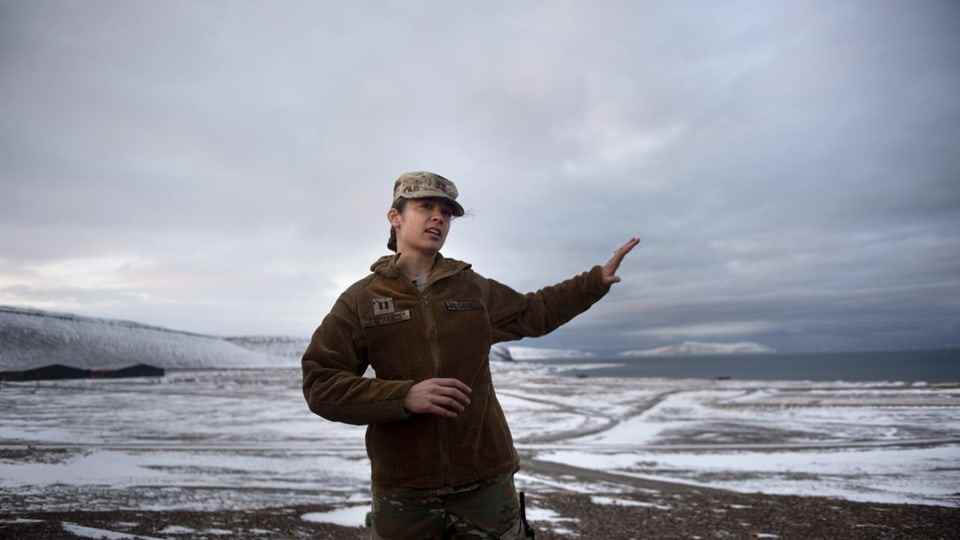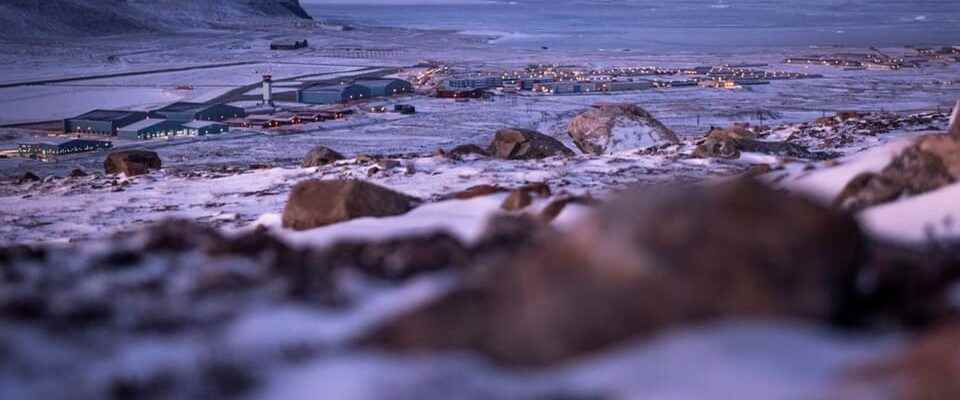contents
The Arctic as the focus of great power rivalries: Washington is now also looking north – and is expanding its military presence.
Ex-US President Donald Trump approached the matter in a very clumsy manner. In order to strengthen the US position in the far north, he proposed buying Greenland, which belonged to Denmark. He saw it as a big real estate deal that would also make geostrategic sense. Denmark reacted irritated and decidedly negative. Prime Minister Mette Frederiksen described Trump’s advance as absurd. Greenland stay Greenlandic.
The steps Washington is now taking are more considered. More than four billion dollars are to be invested in the Thule US military base in north-west Greenland. The USA installed a weather station there as early as World War II and, from 1951, an actual military base with an airport and deep-water port.
Legend:
Russia has long positioned itself. Even China, far away, has recently begun to call itself a “nearly arctic nation”. But the superpower USA has so far completely neglected the northern polar region. But now Washington is pouring billions into expanding its only US military base in the Arctic, in Thule, Greenland (pictured).
Reuters/Ritzau Scanpix
It remains their only arctic garrison to this day. The radar installations there are a key element in the protective shield against enemy ICBMs. Meanwhile, the Thule military base is built on permafrost, which is now softening due to climate change. Major investments are therefore necessary to anchor them in the ground.
Greenland itself is interested now that an unfriendly takeover of the island is no longer at stake. It would like to establish closer ties with the USA and Canada anyway. It is also about reducing the one-sided dependency on the mother country Denmark.
USA pushes Arctic policy
The Thule expansion is just one element of late-awakened US interest in the Arctic. Professor Mike Sfraga, the founding director of the renowned polar institute at the think tank Woodrow Wilson Center, speaks of a “completely different attitude in the USA. The Arctic has moved up the priority list.”
He himself embodies that: President Joe Biden made him chairman of the Arctic Research Commission. New top positions for Arctic policy have also been created in the US Departments of State and Defense. And this fall, the government released a comprehensive ten-year strategy for the Far North.
With Alaska, the USA is an Arctic country. But for a long time the northernmost state was only seen as a supplier of raw materials in distant Washington. This is also due to the fact that the majority of the northern polar region remained peaceful even during the Cold War.

Legend:
In 2019, the US Army gave media representatives a tour of the Thule base. Now the base is to be massively expanded.
Keystone/EPA/Ritzau Scanpix
That could change. Moscow is systematically expanding its civil and military presence in the Arctic. “Even without a direct military conflict in the Arctic, great power rivalry is growing there,” says Mike Sfraga: “And for President Vladimir Putin it’s clear anyway: Russia’s future lies not least in the Arctic.”
Latecomers in the struggle for the Arctic
Russia is already the dominant power in the Far North, while China is determined to gain influence. The US, on the other hand, is just discovering the Arctic. They are a latecomer. For example, Washington has only two operational icebreakers, while Canada has a good dozen; Russia even around 50. The Americans are now building up to six more. But it will be years before they are operational.
The icebreakers are symbolic of the growing military and economic commitment in the North. Since this has become more accessible due to the melting polar ice caps, the desire for arctic raw materials and trade routes has grown.
